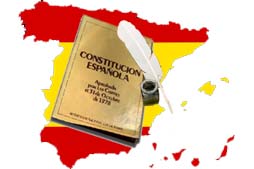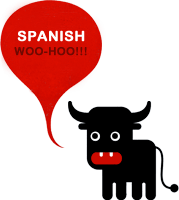Spanish Constitution 1978
During the initial stages of the transition to democracy in Spain following the death of Franco in 1975, a general election was held in order to elect members for a new Spanish parliament which would eventually help the country to establish a stable democracy leading it away from the previous dictatorship imposed by Franco. This initial 7-member parliament began to draw together the country’s constitution, of which the country is still based around today, and, after being supported by a total 88% of the population, was published by the King on the 27th of December and came into effect on the 29th.

Along with the constitution, it was also declared that the country would be split into 17 autonomous communities that would each have their own, local government with some degree of power. Following the repression of regional differences and languages under the rule of Franco, this allowed the different communities of Spain some freedom and the ability to develop their unique cultures and languages. The constitution named the Basque country, Catalonia and Galicia as historical nationalities for the first time which meant that they were officially recognised as nations that were the most distinguishable from the rest of the country, this allowed them to announce that, although Castilian would always be recognised as the official language, they were also able to declare their regional languages such as Catalan and Basque as co-official languages of their particular region.
Due to the fact that the constitution has provided the backbone to all of Spain’s governmental and political decisions over the past 34 years, a monument was erected to celebrate its importance and you can visit this in the Chamartín district of Madrid.
You can view a full version of the 1978 Constitution in English here and in Spanish here.









